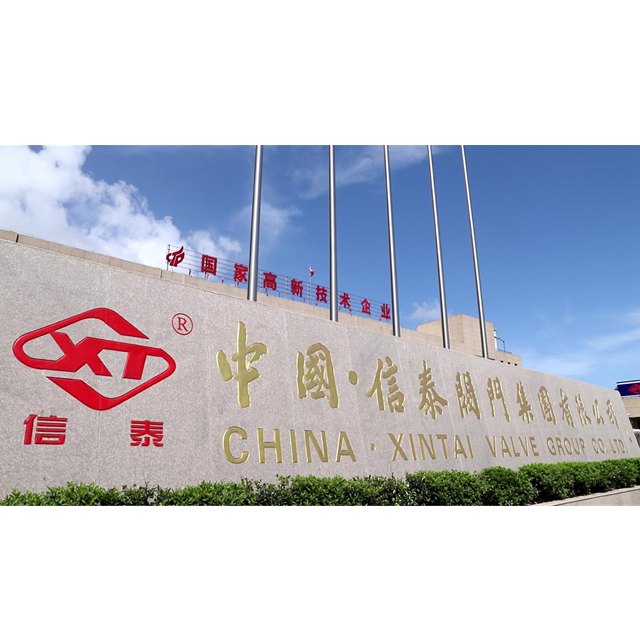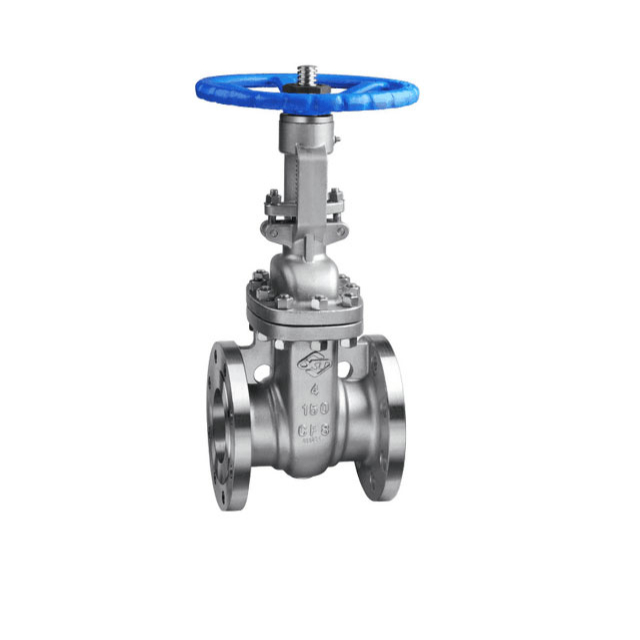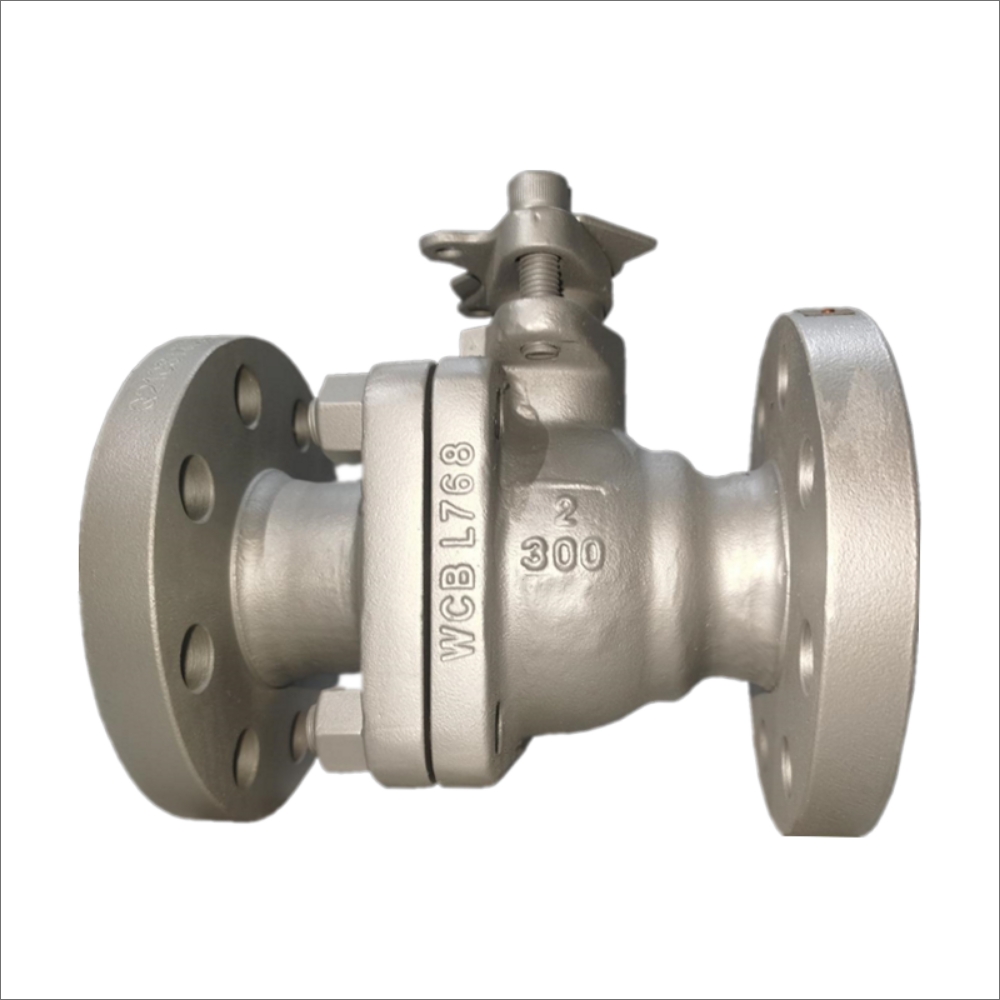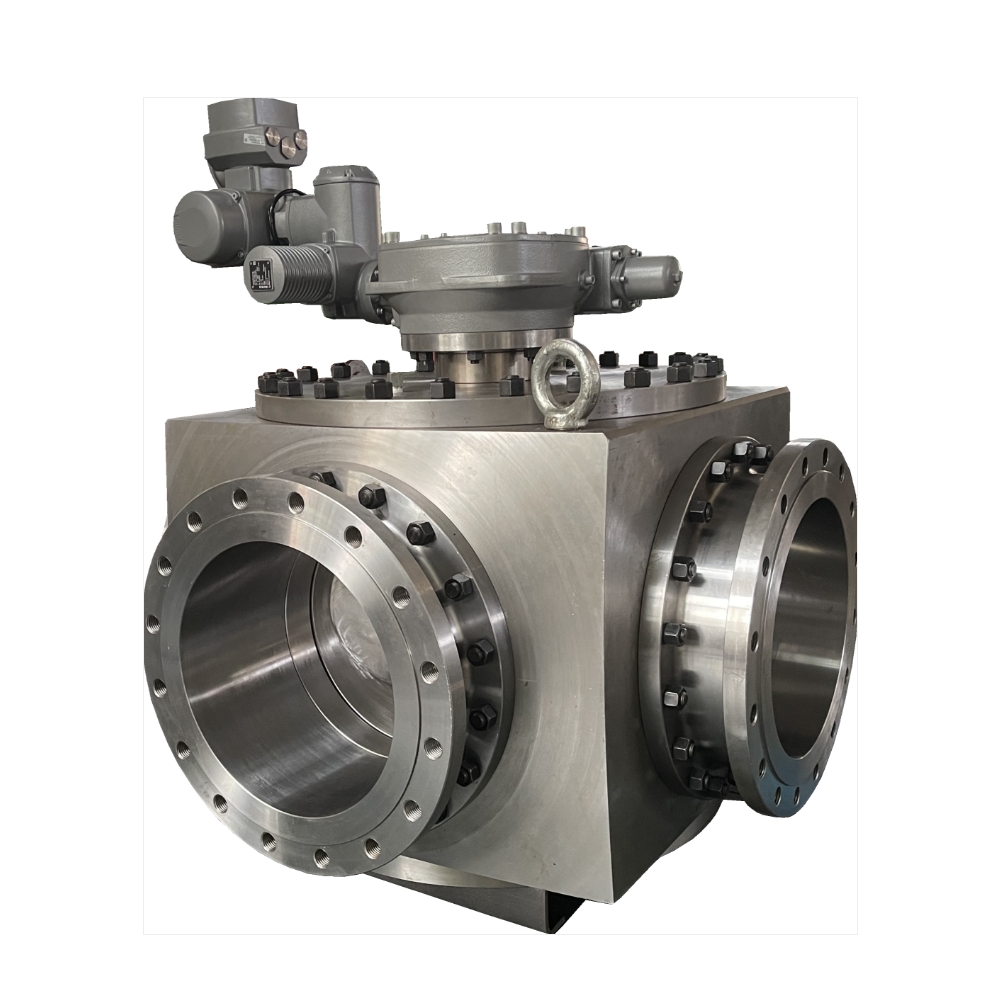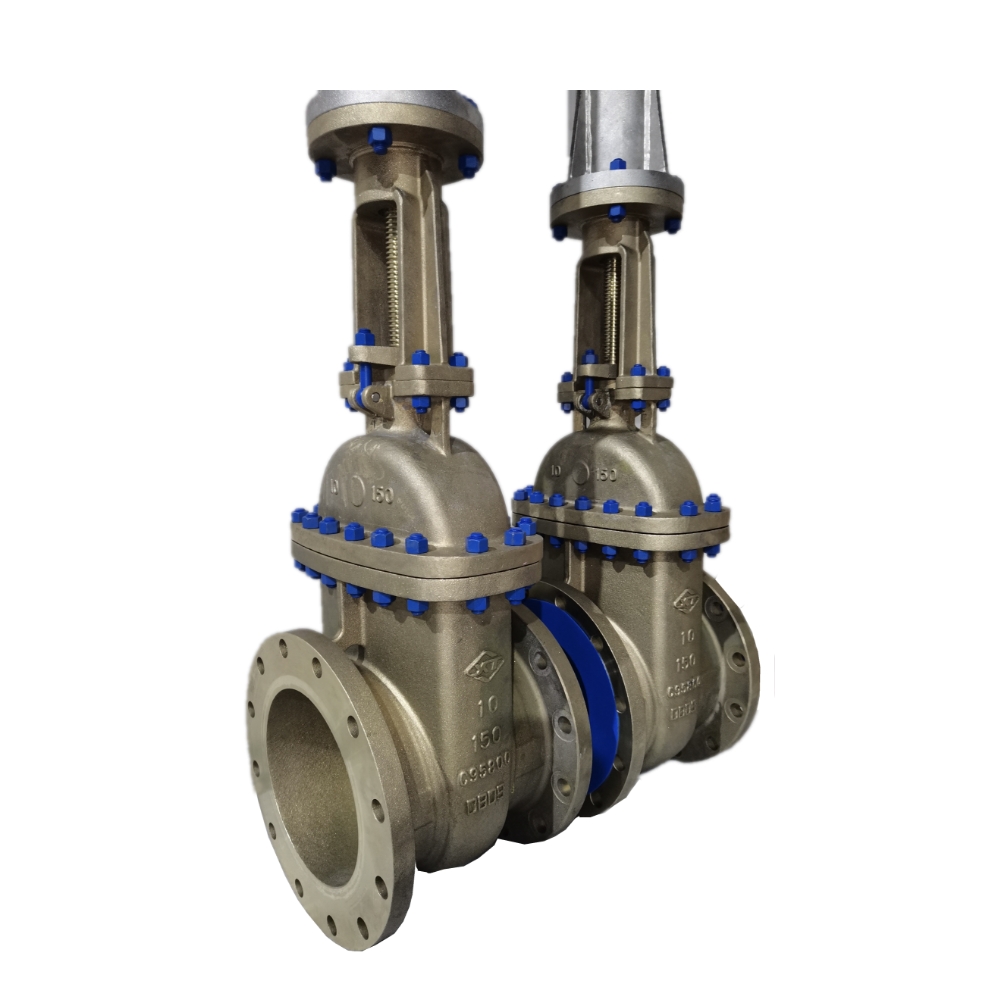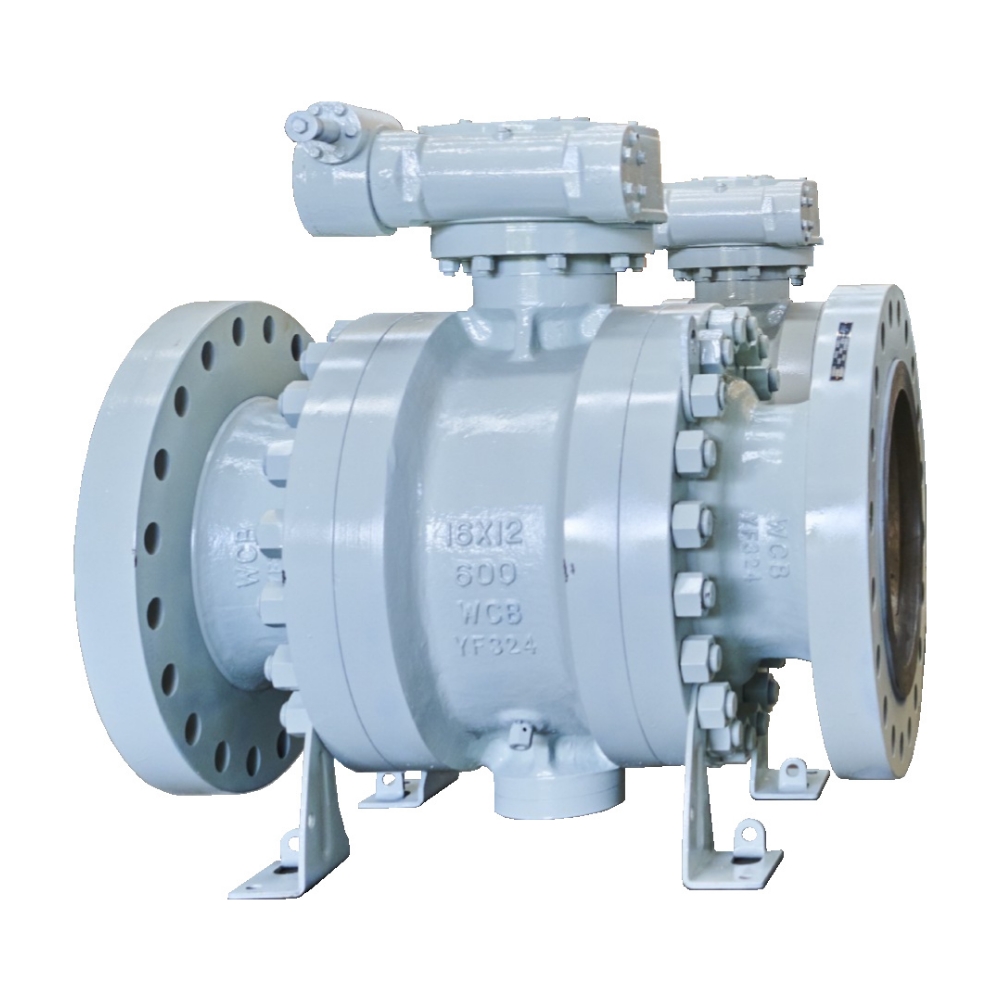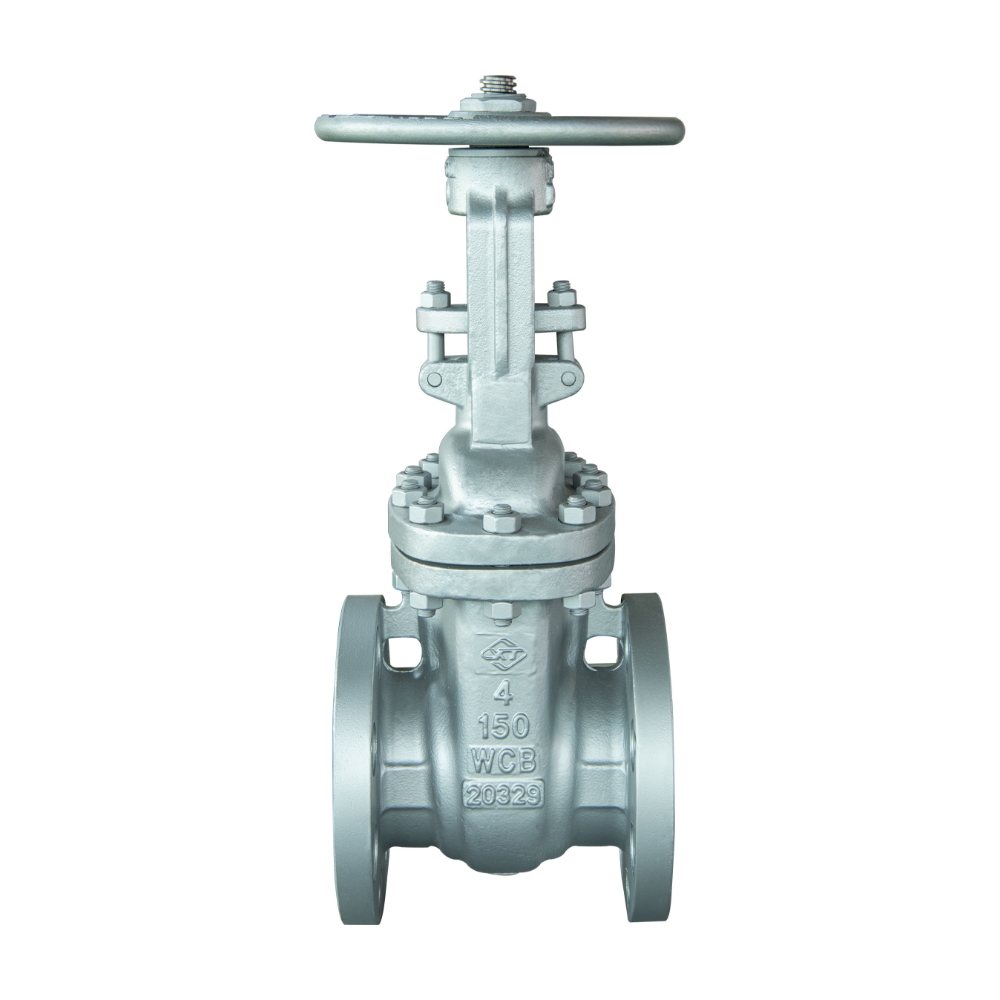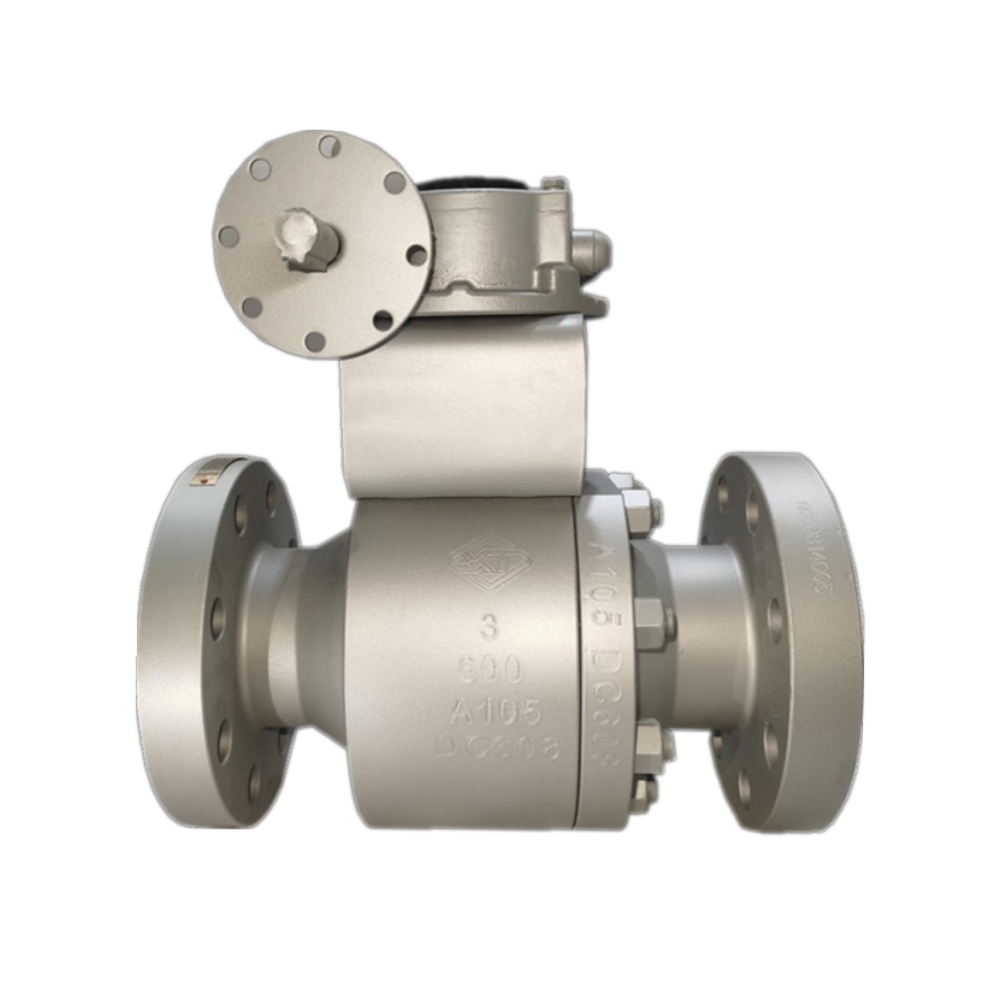API Flange Stainless Steel Gate Valve
Description
Size Range: 1/2″ up to 48″ Pressure Range: ANSI 150LB to 2500LB End Connection: BW,RF,RTJ Operate: Handwheel, Gear, Actuator Material: Stainless Steel, Duplex Stainless Steel Seals: Metal to Metal
Introduction to Stainless Steel Gate Valve
The opening and closing part of the stainless steel gate valve is a gate. The direction of movement of the gate is perpendicular to the direction of the fluid. The gate valve can only be fully opened and fully closed. The gate has two sealing surfaces. The two sealing surfaces of the most commonly used gate valves form a wedge shape. The wedge angle varies with the valve parameters, usually 50, and 2°52 ‘when the medium temperature is not high. The gate of the wedge gate valve can be made into a whole, called a rigid gate; it can also be made into a gate that can produce a small amount of deformation to improve its processability and make up for the deviation of the sealing surface angle during processing. The plate is called a spring gate. Gate valves material is divided into a 304 stainless steel gate valve, 316 stainless steel gate valve, 321 stainless steel gate valve. The expression method is Z41H-16P.
Standards
| Valves Design: | API600 |
| Face to Face: | ANSI B16.10 |
| End Connection: | ANSI B16.5, ANSI B16.25 |
| Testing&Inspection: | API6D, API598 |
| Suitable Medium: | Water, Oil, Air, And Some Corrosive liquid |
Types of gate valves: Wedge gate valves and parallel gate valves can be divided according to the sealing surface configuration. Wedge gate valves can also be divided into a single gate, double gate, and flexible gate; parallel gate valves Can be divided into single gate type and double gate type. According to the thread position of the valve stem, it can be divided into two types: bright stem gate valve and dark stem gate valve.
Features of Gate Valves for Water:
1. The exquisite selection of materials, in accordance with relevant standards at home and abroad, high overall quality of materials.
2. Meet the requirements of domestic and foreign advanced standards, reliable sealing, excellent performance, and beautiful appearance.
3. The sealing pairing is advanced and reasonable. The sealing surfaces of the gate and valve seat are made of Stellite cobalt-based hard alloy with different hardness.
4. Good anti-scratch performance and long life.
5. The valve stem undergoes quenching and tempering and surface nitriding treatment, and has good corrosion resistance, abrasion resistance and wear resistance.
6. It adopts a wedge-type elastic brake plate structure. Thrust bearings are set in the middle and large calibers. The friction force is small and it is equipped with a manual impact.
Advantage of Stainless Steel Gate Valve:
1. The fluid resistance is small, and the sealing surface is less brushed and eroded by the medium.
2. Less effort to open and close.
3. the medium flow direction is not restricted, does not disturb the flow, does not reduce the pressure.
4. Simple shape, short structure length, good manufacturing process, and wide application range.
5. Gate valve repair is easy.
A gate valve, also known as a sluice valve, is a valve that opens by lifting a round or rectangular gate/wedge out of the path of the fluid. The distinct feature of a gate valve is the sealing surfaces between the gate and seats are planar, so stainless steel gate valves are often used when a straight-line flow of fluid and minimum restriction is desired. The gate faces can be parallel but are most commonly wedge-shaped.
Application scope: petroleum chemical industry, electric power, metallurgy, medicine, real estate, municipal engineering, and other industries.

Related products
BALL VALVE
- 3-Way L Port Ball Valve
- Full-Welding Ball Valve
- V-Notch Valve
- Undergroud Ball Valve
- Top Entry Ball Valve
- Thread Ball Valve
- Soft Sealing Ball Valve
- Side Entry Ball Valve
- Metal Sealing Ball Valve
- Forged Trunnion Ball Valve
- 3-Way T Port Ball Valve
- Forged Floating Ball Valve
- Flange Type Segment Ball Valve
- Double Block and Bleed Valve
- Casting Trunnion Ball Valve
- Casting Floating Ball Valve
- Bronze Ball Valve
- 4-Way Ball Valve
- Wafer Type Segment Ball Valve
BUTTERFLY VALVE
- Centerline Lug Type Butterfly Valve
- Centerline Wafer Type Butterfly Valve
- Double Eccentric Butterfly Valves
- High Performance Butterfly Valve
- Lined Butterfly Valve
- Resilient Seated Butterfly Valve
- Triple Eccentric Butterfly Valves
CHECK VALVE
- Bronze Check Valve
- Butt Welding Check Valve
- Casting Check Valve
- Dual Plate Check Valve
- Forged Check Valve
- Globe Check Valve
- Lift Check Valve
- Pressure Self-Sealing Check Valve
- Socket Welding Check Valve
- Swing Check Valve
- Thread Check Valve
- Wafer Check Valve
CONTROL VALVE
- Electric Actuator Ball Valve
- Electric Actuator Butterfly Valve
- Electric Actuator Gate Valve
- Electric Actuator Globe Valve
- Gas Over Oil Actuator Ball Valve
- Linear Control Valve
- Pneumatic Actuator Ball Valve
- Pneumatic Actuator Butterfly Valve
- Pneumatic Actuator Gate Valve
- Pneumatic Actuator Globe Valve
CRYOGENIC VALVE
- Cryogenic Ball Valve
- Cryogenic Check Valve
- Cryogenic Gate Valve
- Cryogenic Globe Valve
GATE VALVE
- Bellow Gate Valve
- Bidirectional Knife Gate Valve
- Bronze Gate Valve
- Butt Welding Gate Valve
- Casting Wedge Gate Valve
- Forged Wedge Gate Valve
- Knife Gate Valve
- Parallel Slide Gate Valve
- Pressure Self-Sealing Gate Valve
- Socket Welding Gate Valve
- Thread Gate Valve
- Through Conduit Knife Gate Valve
GLOBE VALVE
- Angle Type Globe Valve
- Bellow Globe Valve
- BS 1873 Globe Valve
- Butt Welding Globe Valve
- Casting Globe Valve
- Forged Globe Valve
- Pressure Self-Sealing Globe Valve
- Socket Welding Globe Valve
- Thread Globe Valve
Plug Valve
- Plug Valve
SAFETY VALVE
- High Performance Steam Safety Valve
- Jacketed Safety Relief Valves
- Pilot Operated Safety Valve
- Spring Load Safety Valve
STRAINER
- Basket Strainer
- Cast Iron Y Strainer
- Thread Y Strainer
- Y Strainer
